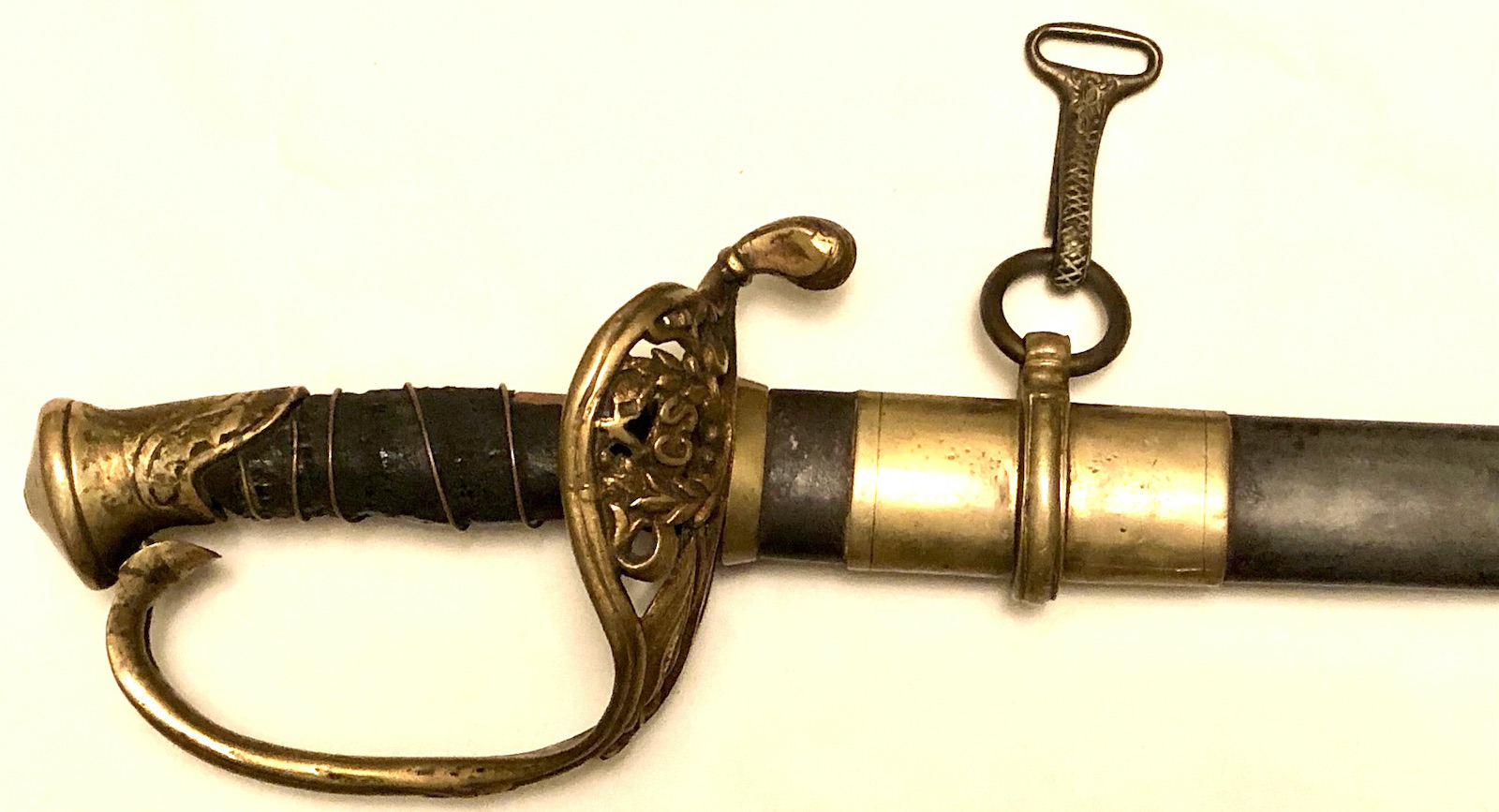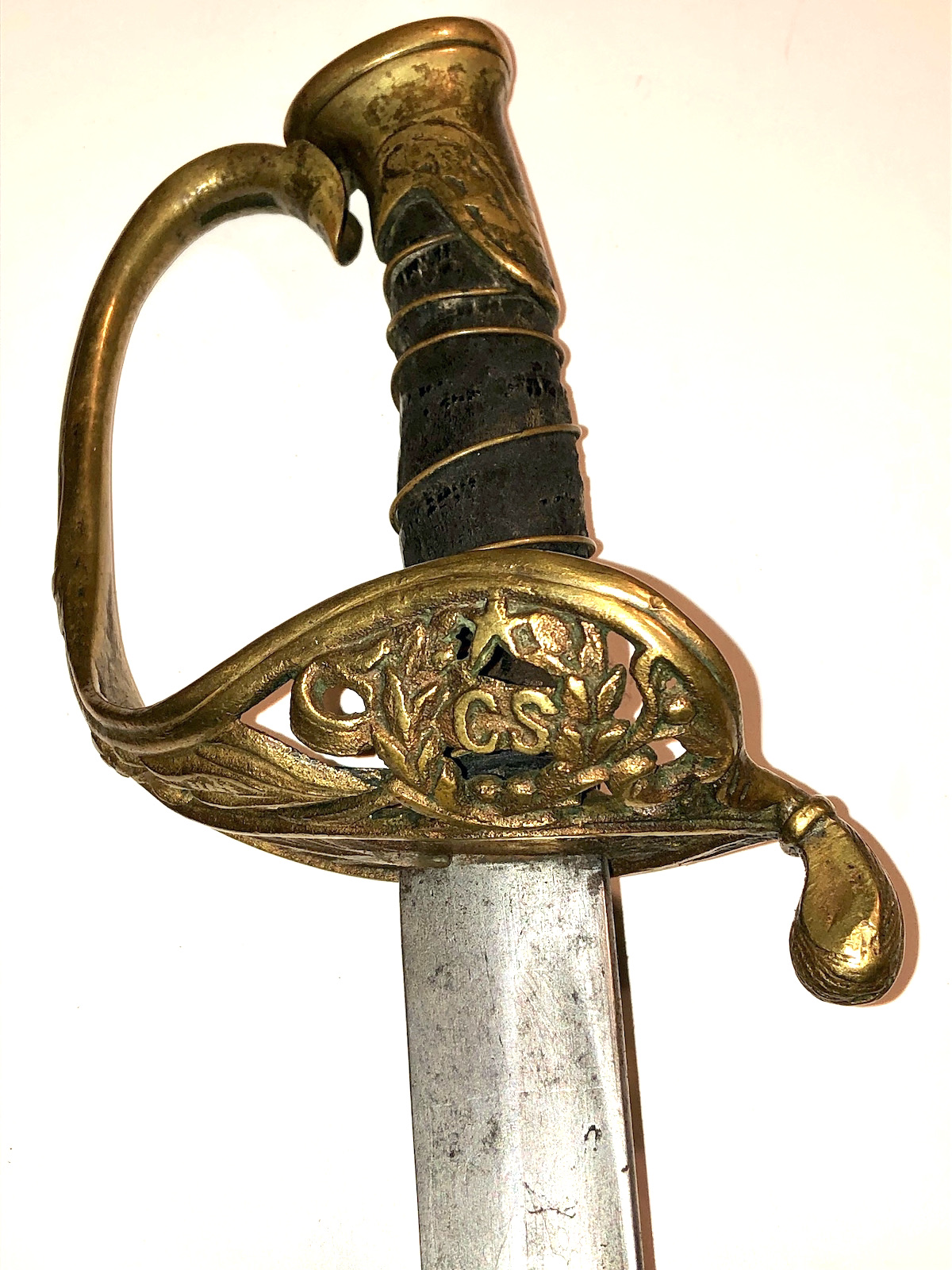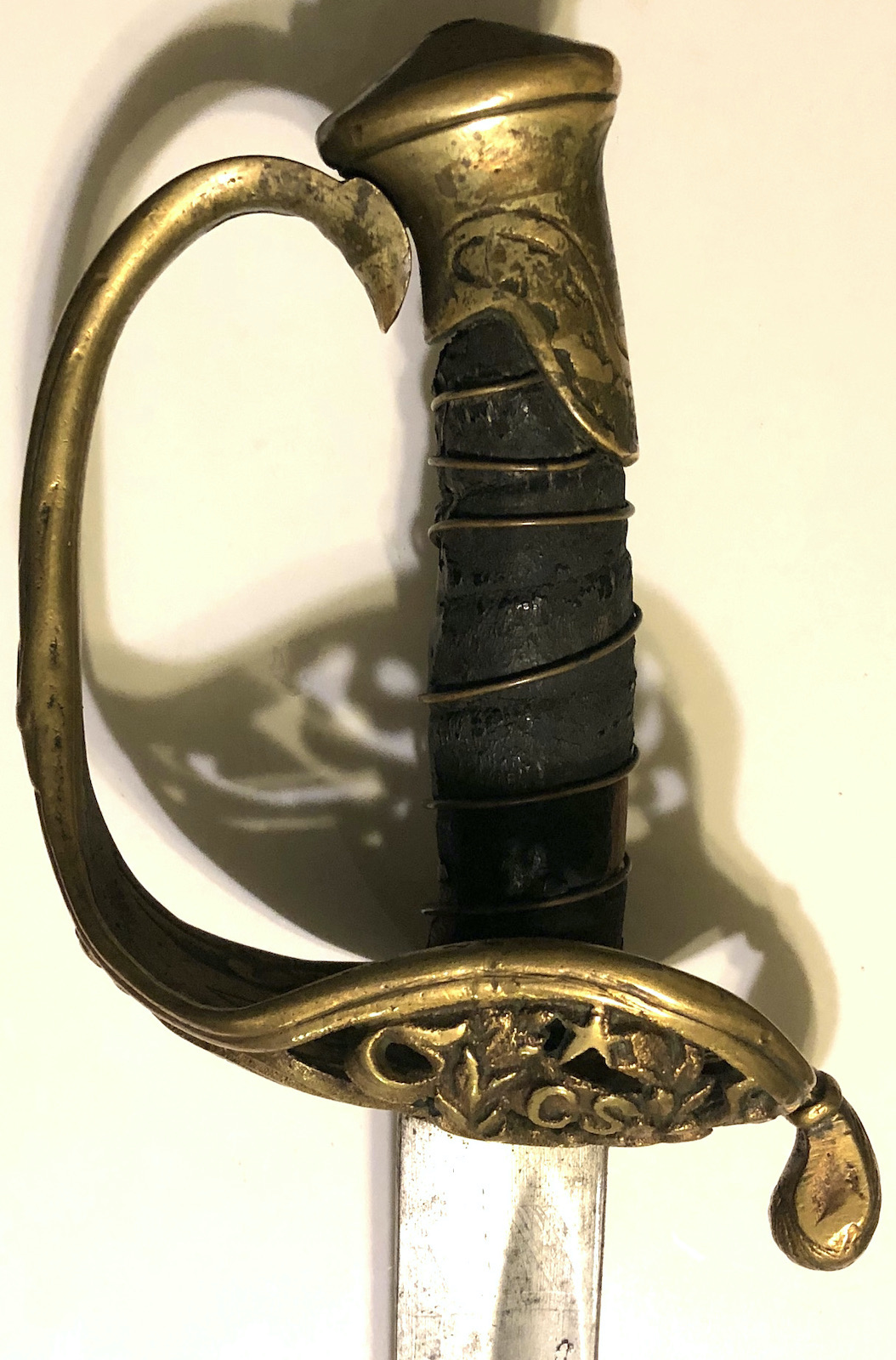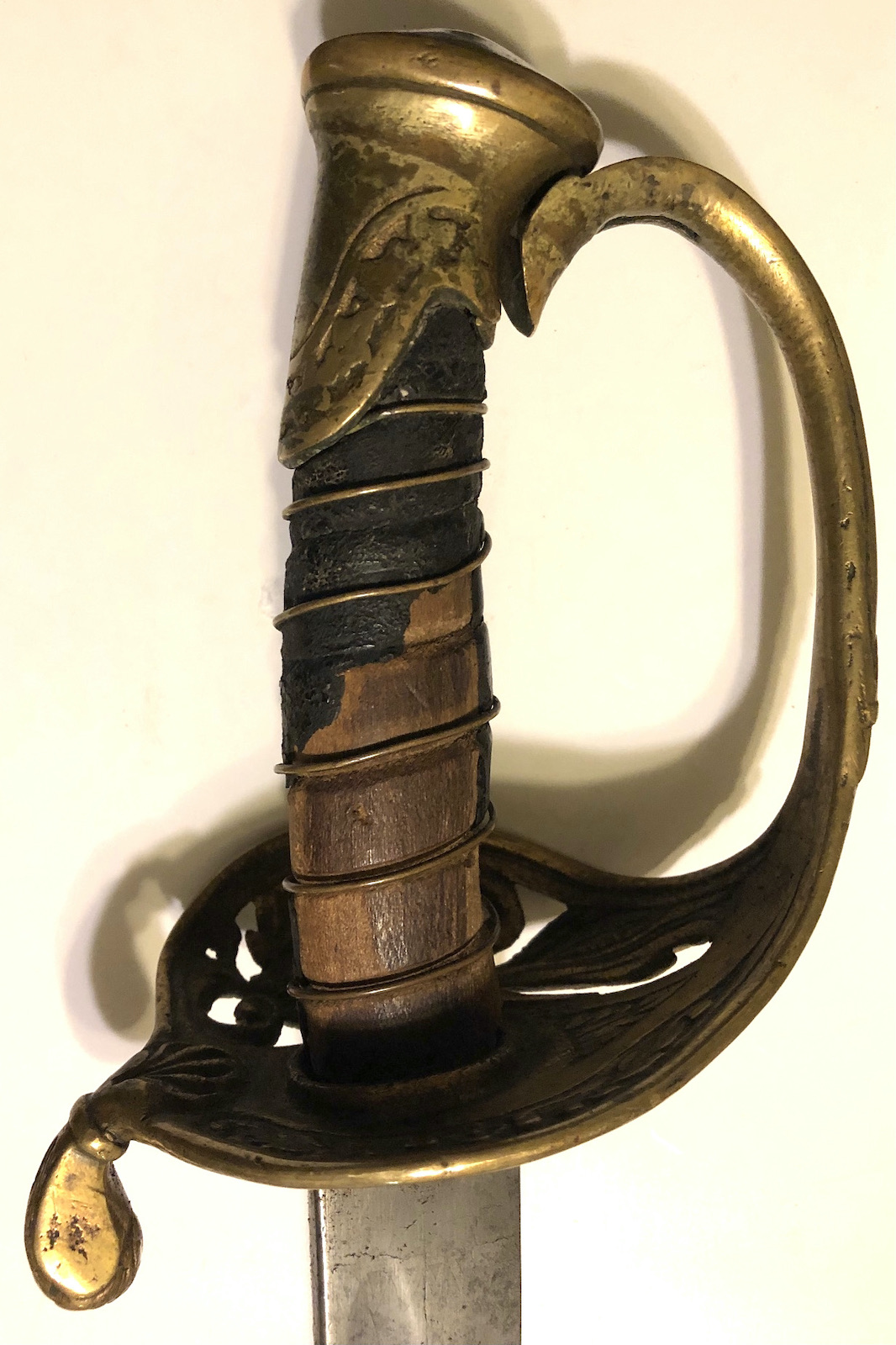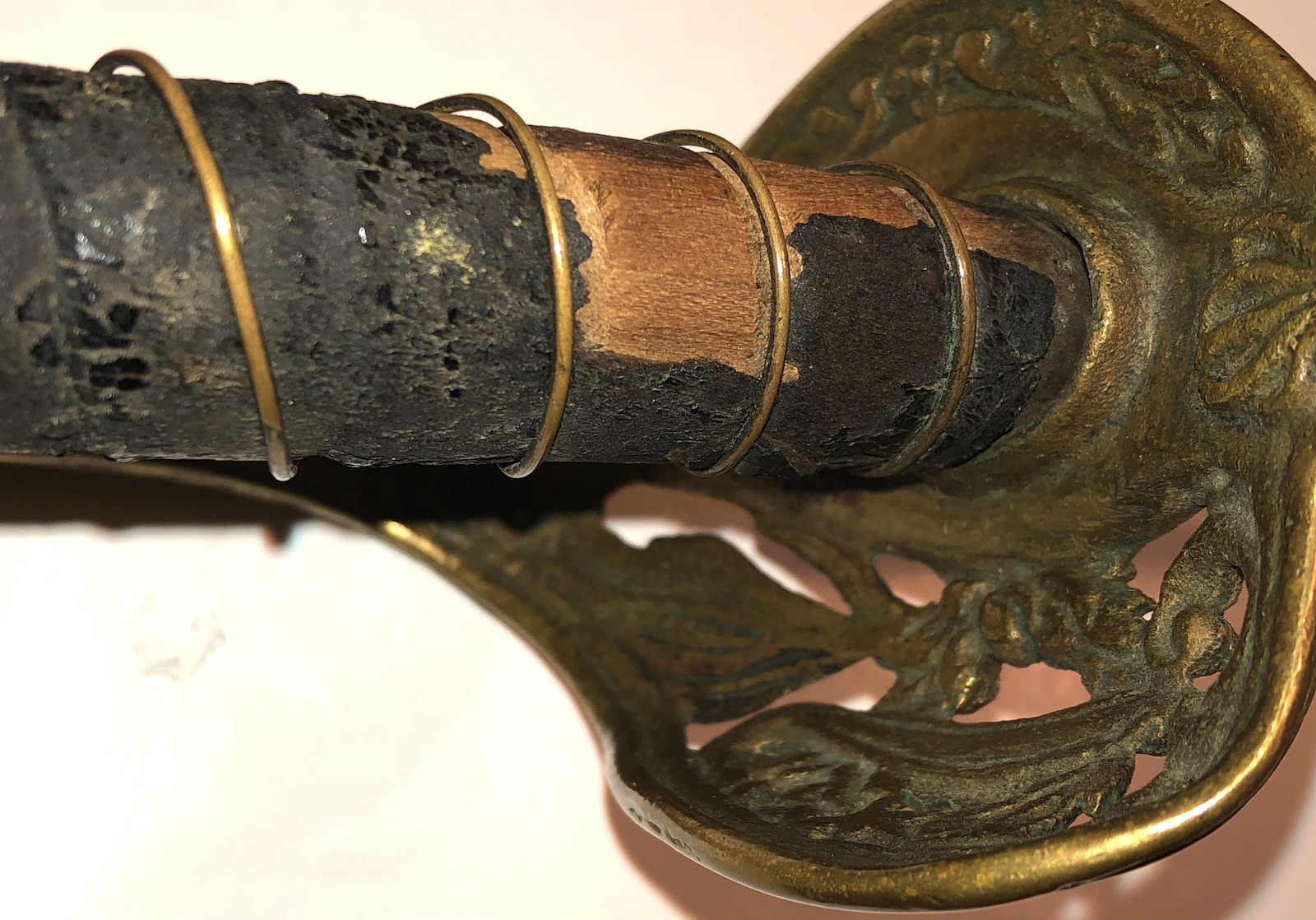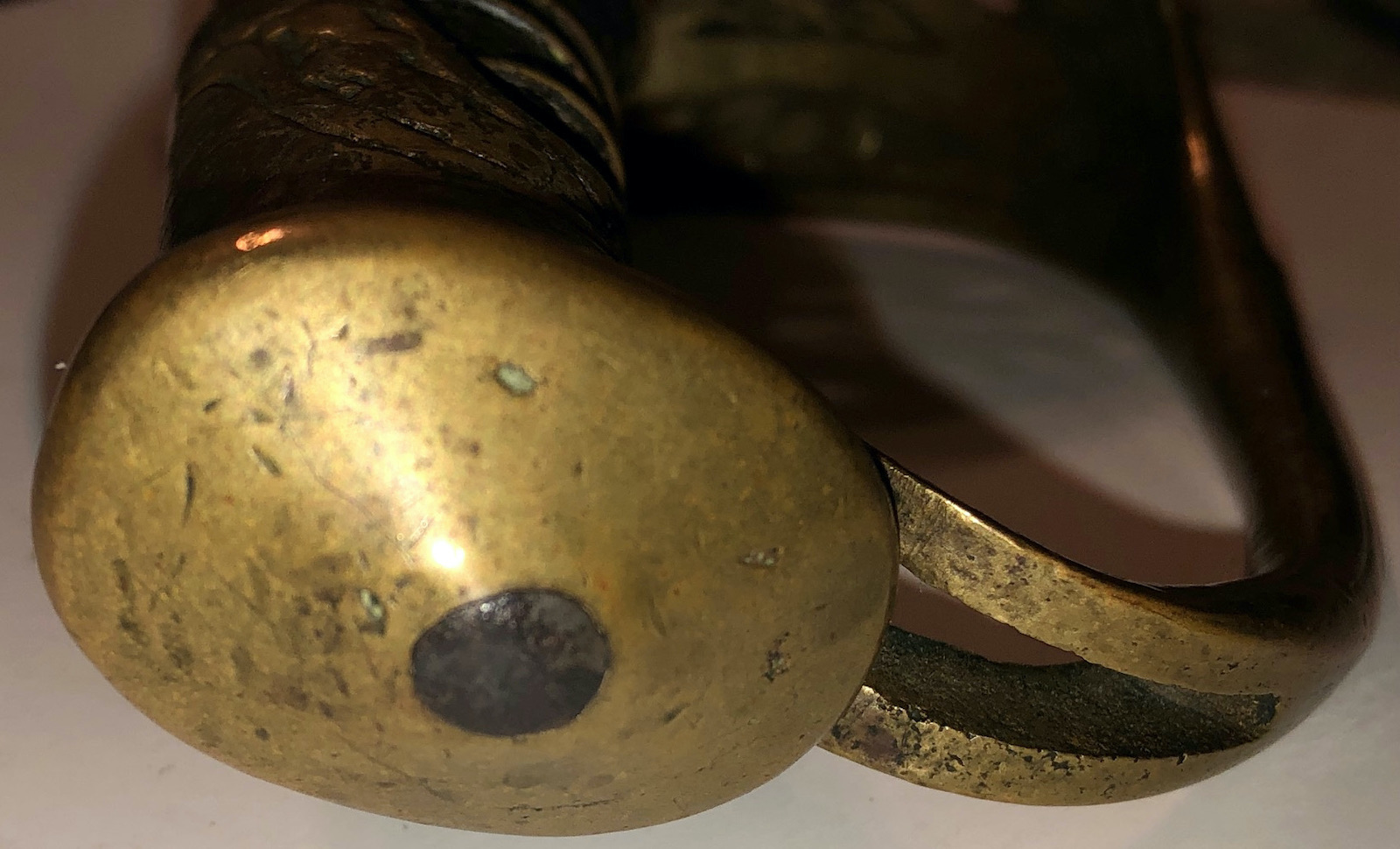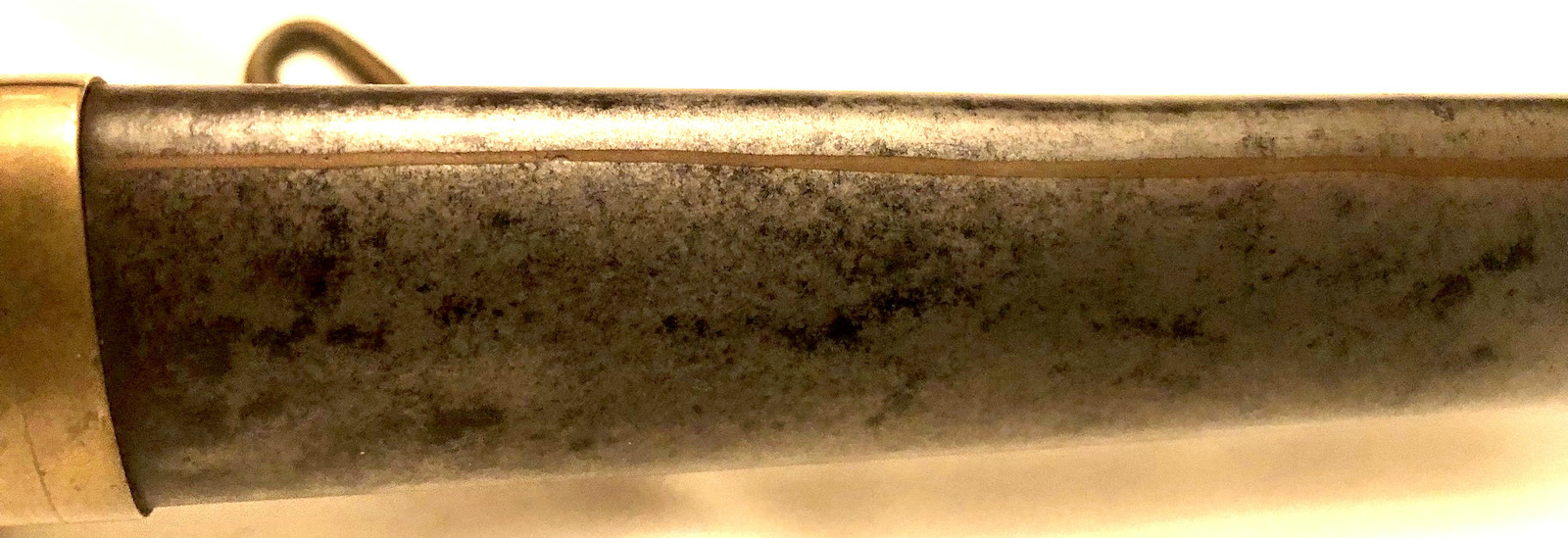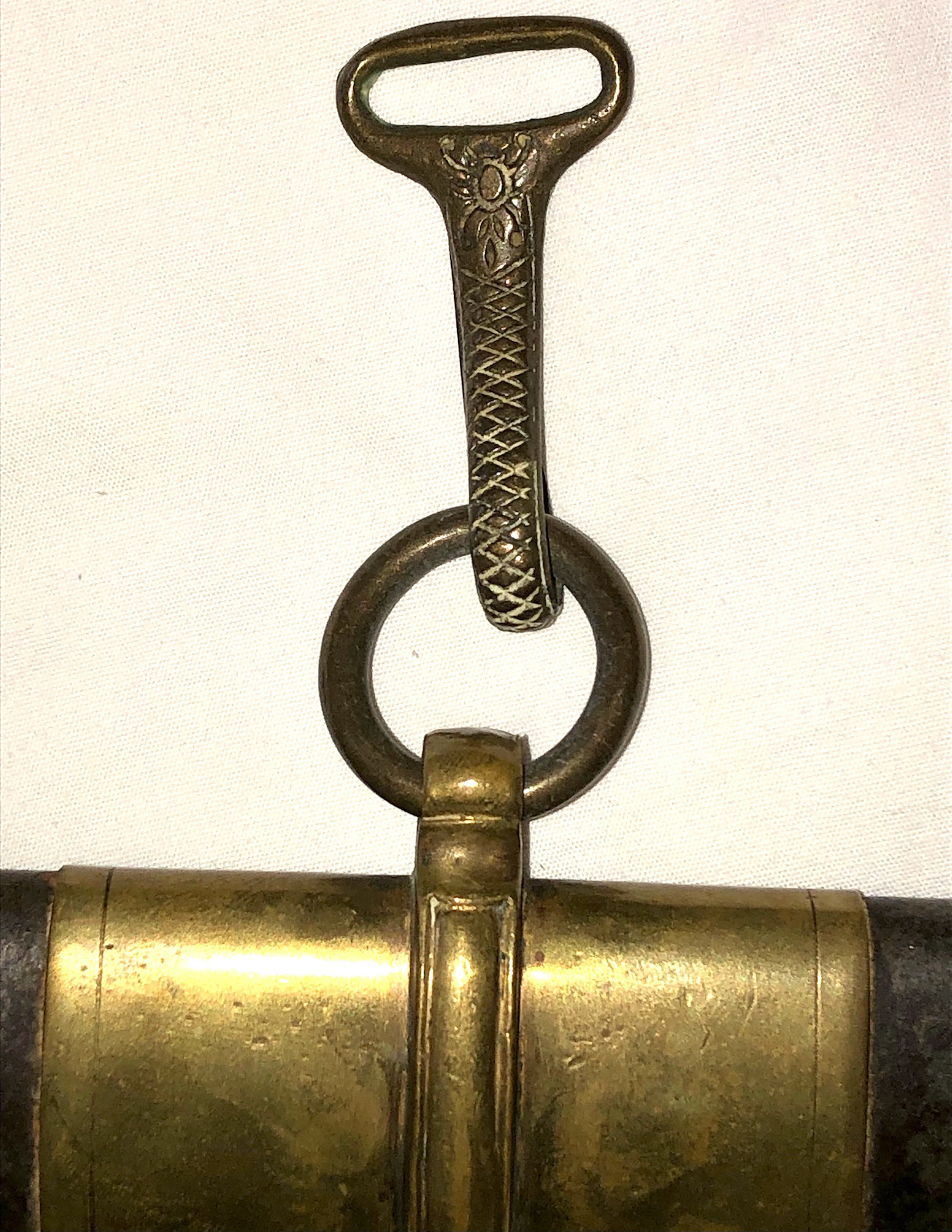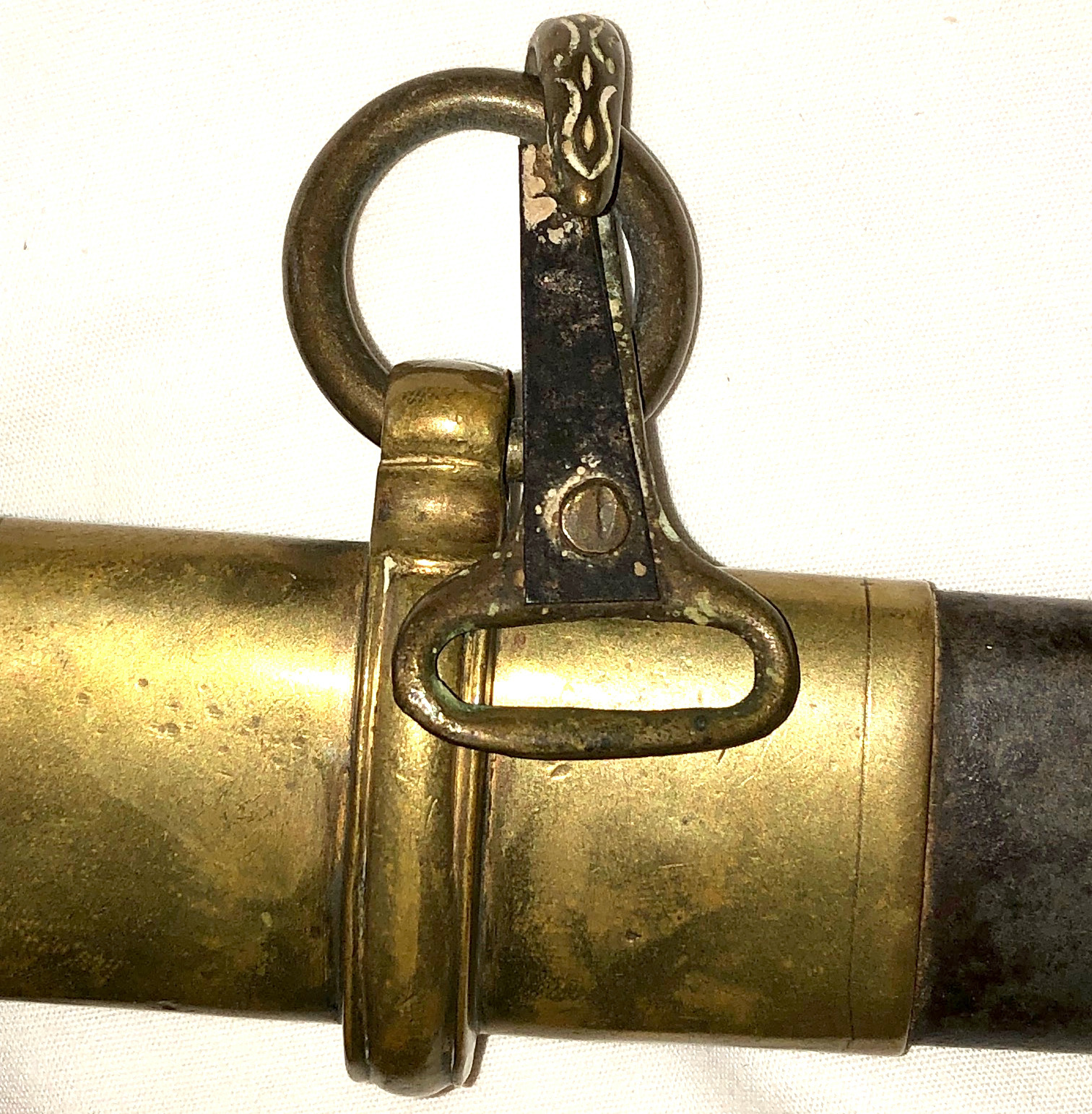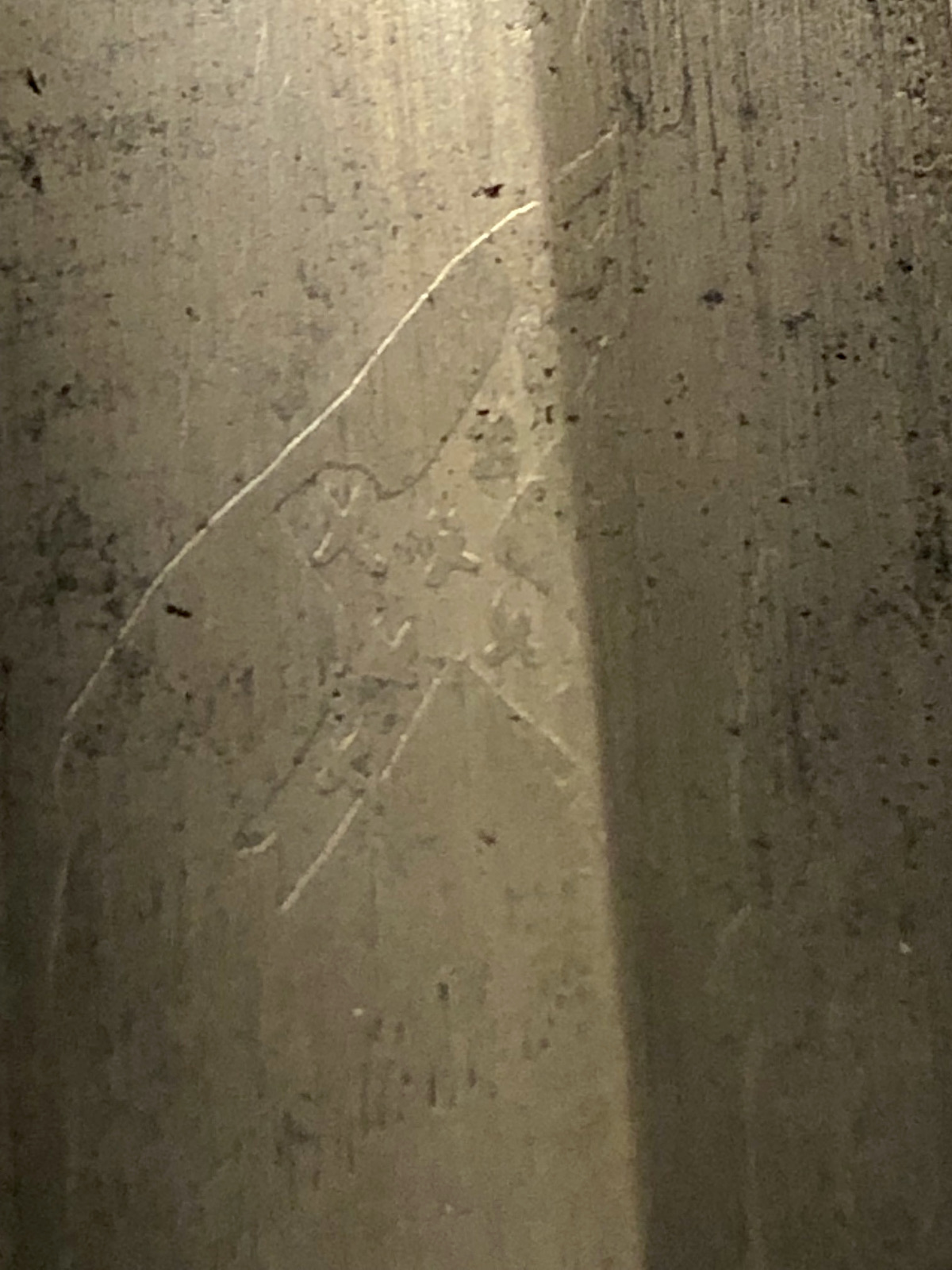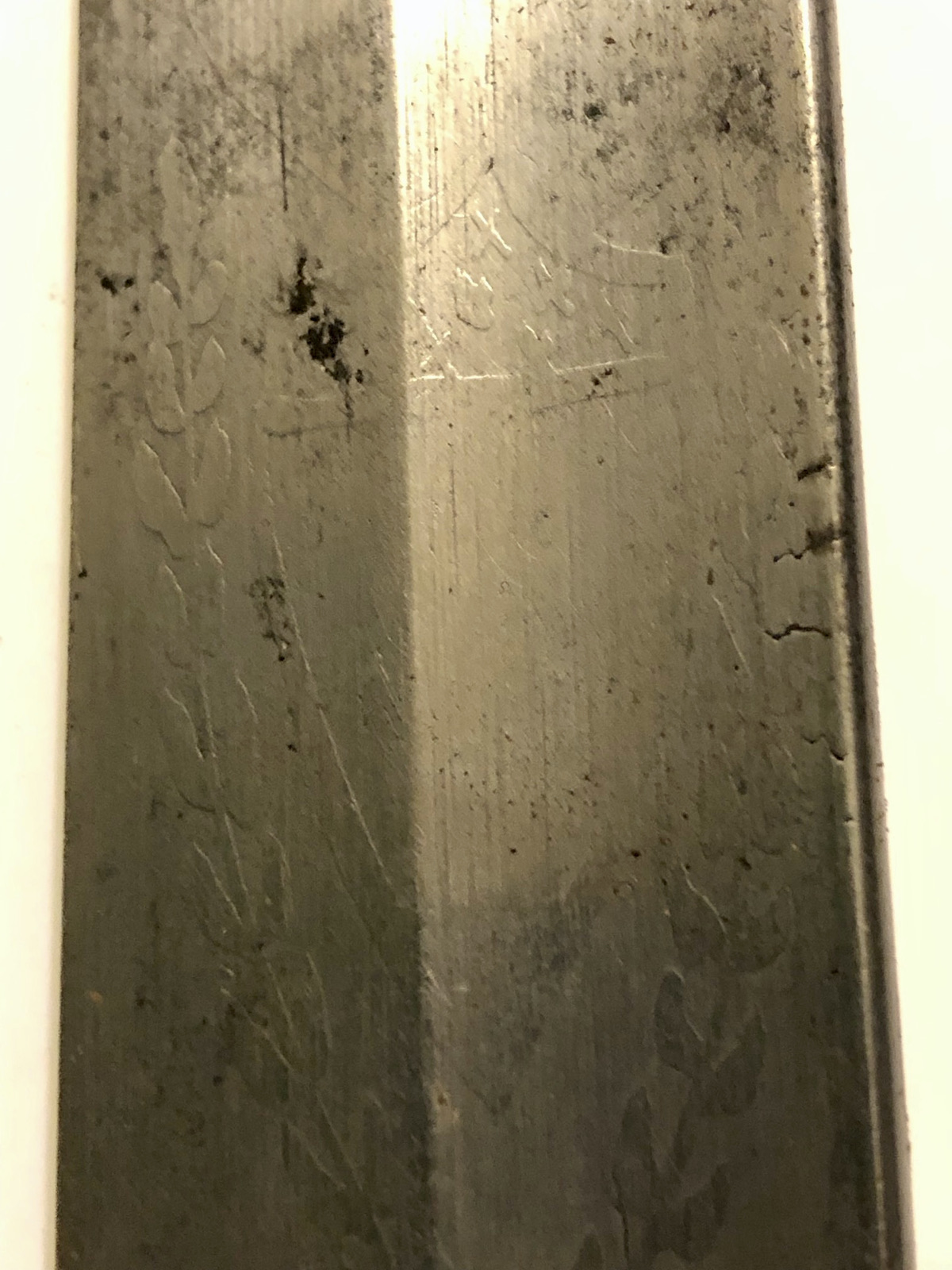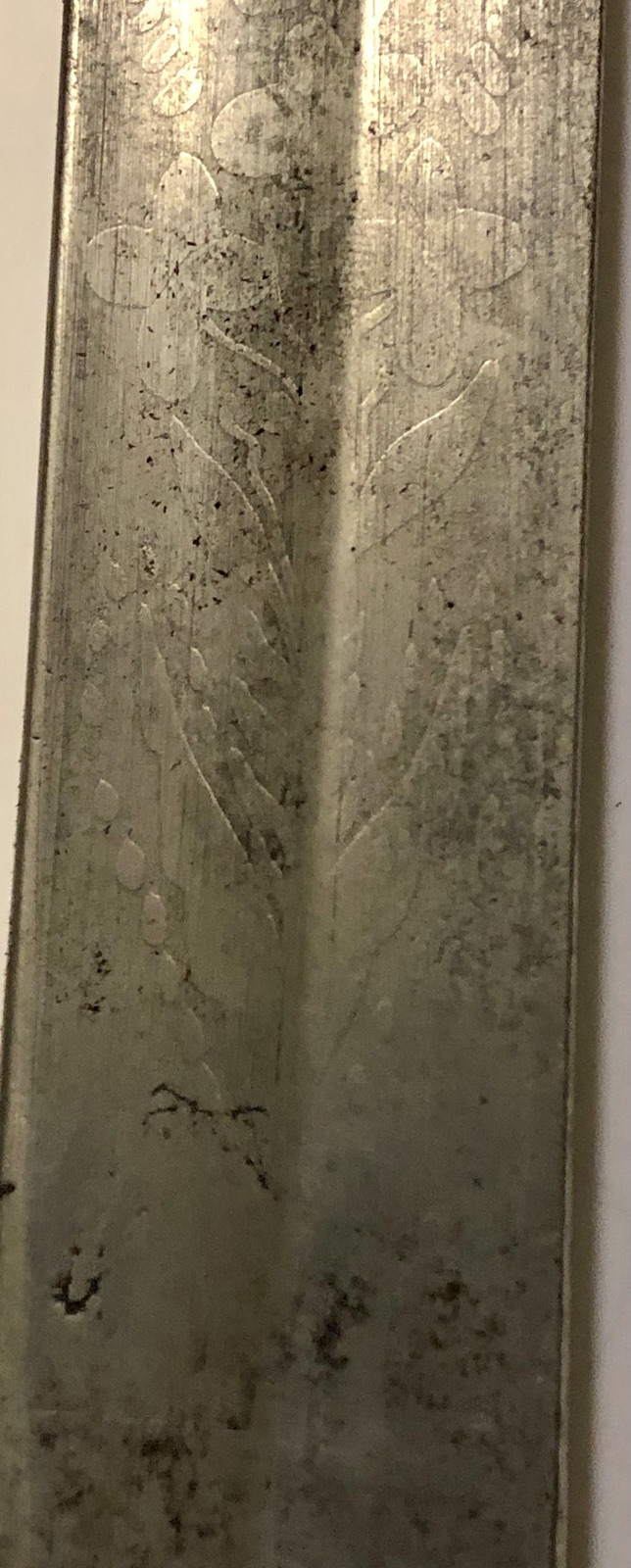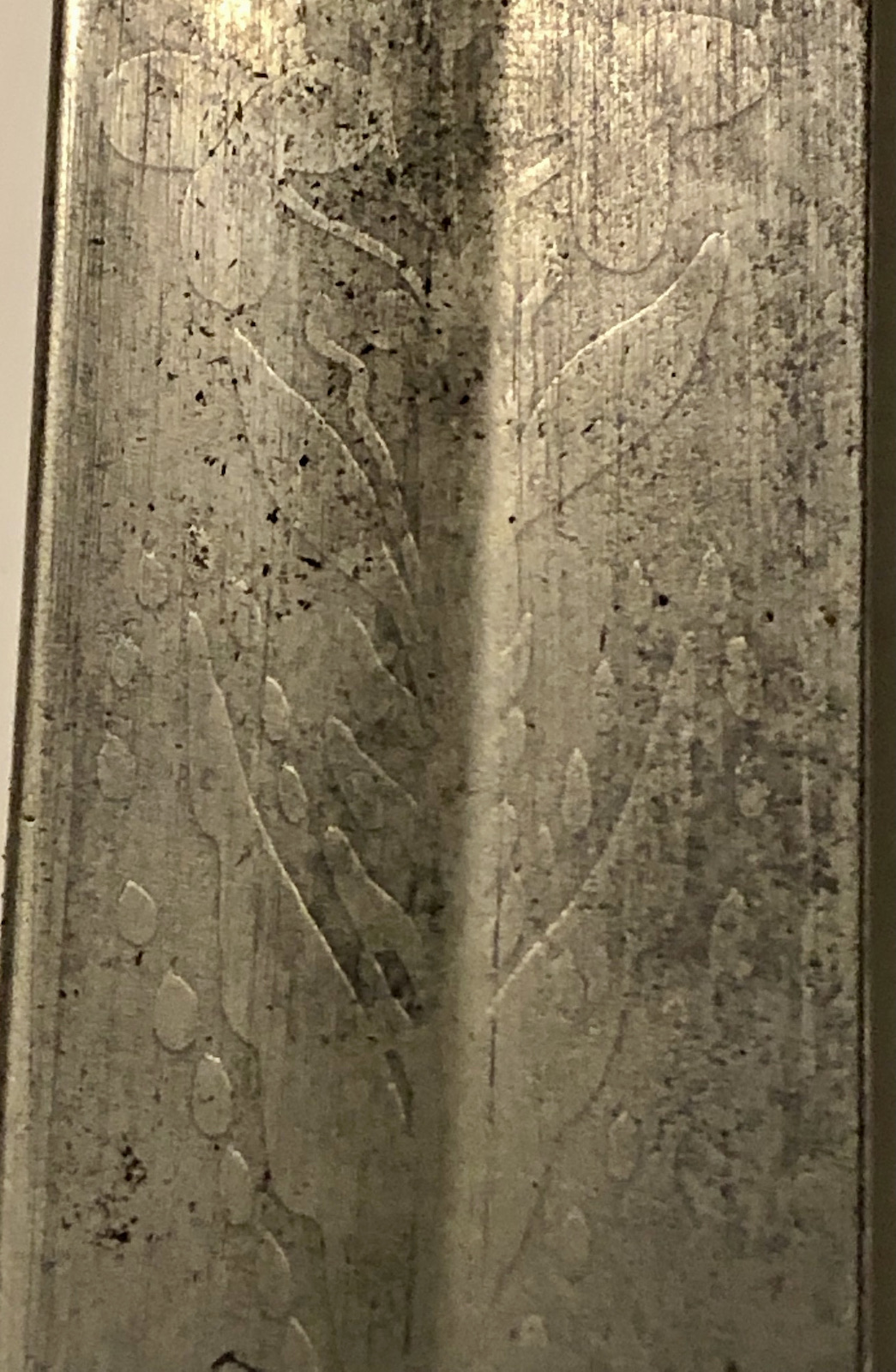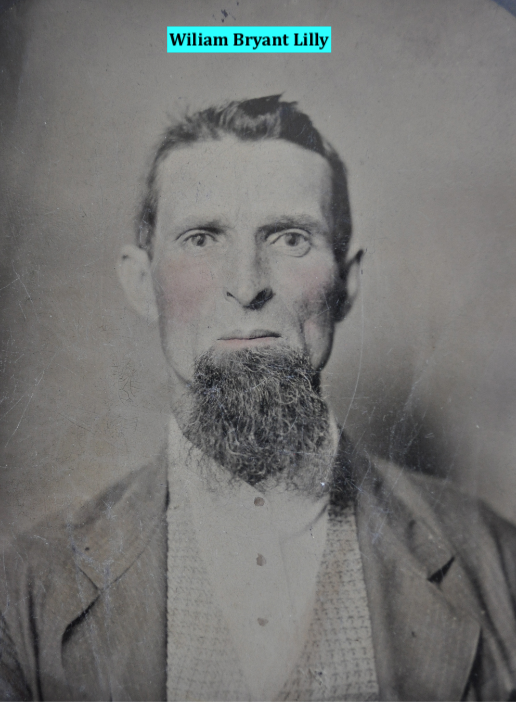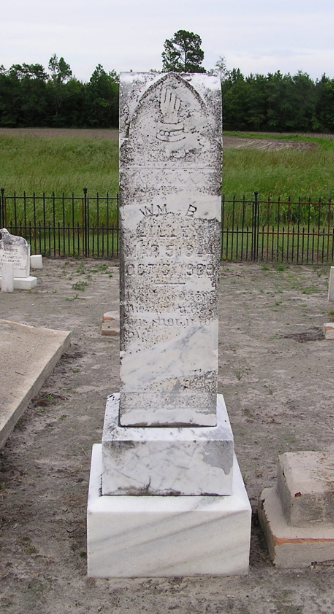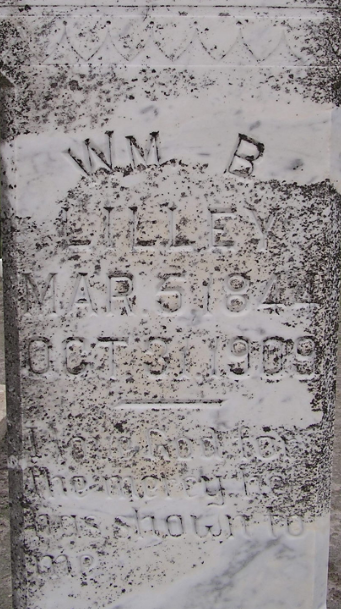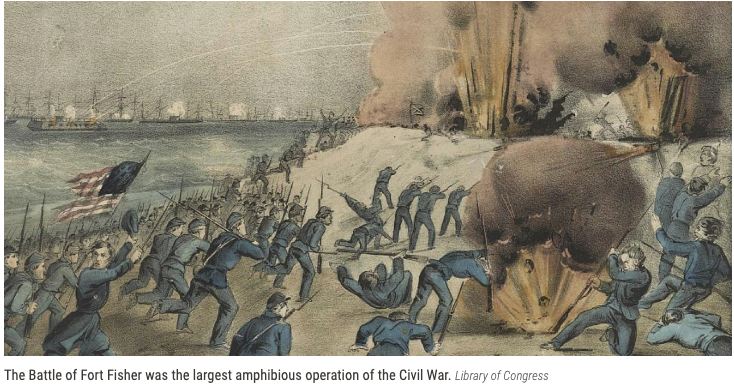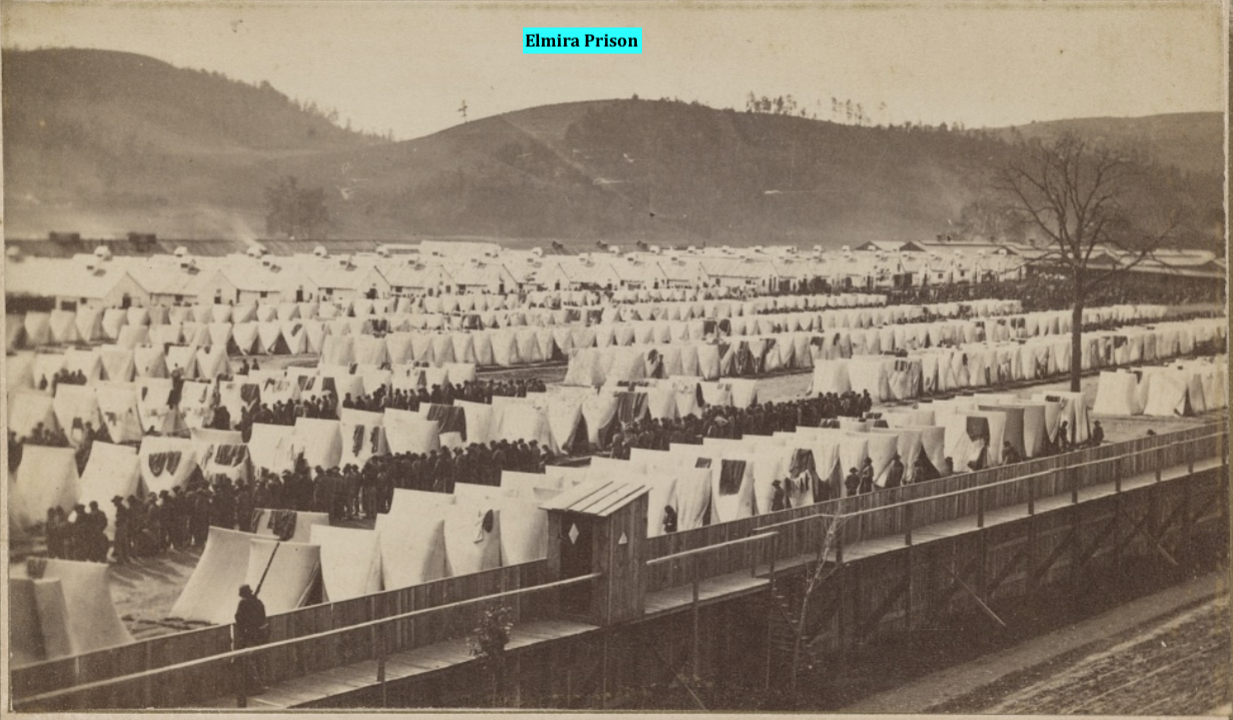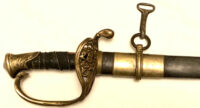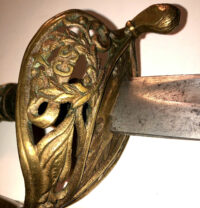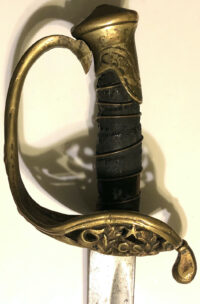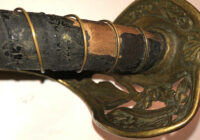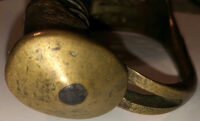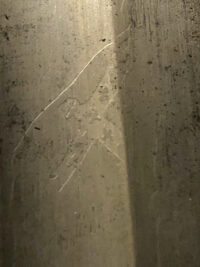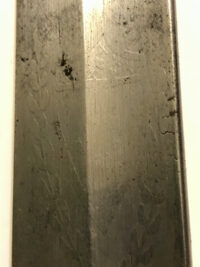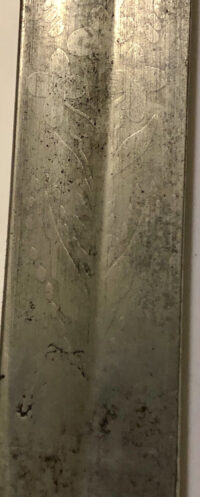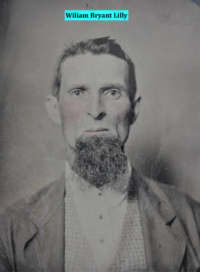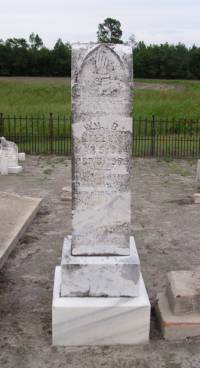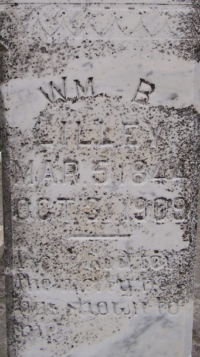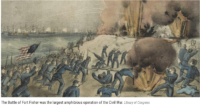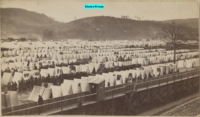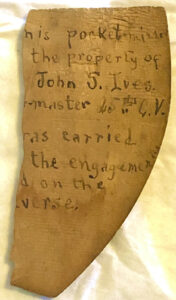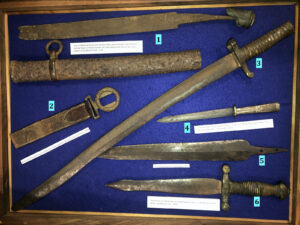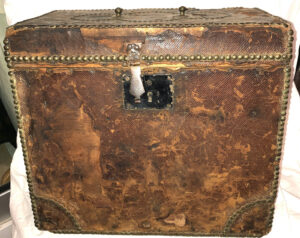Id’d Confederate Boyle & Gamble Staff & Field Officers’ Sword – Corporal Wm. Bryant Lilly Co. C 3rd NC Light Artillery, Co. K 10th NC Infantry, Co. C 40th NC Infantry
SOLD
Id’d Confederate Boyle & Gamble Staff & Field Officers’ Sword – Corporal Wm. Bryant Lilly Co. C 3rd NC Light Artillery, Co. K 10th NC Infantry, Co. C 40th NC Infantry – In operation, during the war, in Richmond, Virginia, Boyle & Gamble was one of the preeminent edged weapon-making firms of the Confederacy. The majority of Boyle & Gamble’s swords, like this fine example, conformed to antebellum U.S. regulations. This Boyle & Gamble, Staff & Field exhibits the following, correct attributes: a gilded-brass hilt that features a counterguard containing the letters “CS” on a ribbon, encircled by a wreath which, in turn, is surmounted by a star; the guard exhibits floral designs with an ear of corn; the brown, leather-covered grip is wrapped with a single strand of copper wire; the scabbard is sheet iron with brass mounts, throat and drag and exhibits a brazed seam; attached to the scabbard’s sword mount rings are the original, Confederate snaps for attaching to the soldier’s sword belt. The blade is lightly etched – on one side is etched a “CSA” in a shield, a battle flag, various decorative, floral elements; on the other side are etched various, decorative floral elements and a shield – as with most B & G Field and Staff swords, the etching is light, but discernible. The pommel cap is plain, the grip area is has some crudely cast, floral elements.
We obtained this fine, Confederate sword from the direct descendants of Corporal William Bryant Lilly (Lilley); Lilly served in Co. C, 3rd NC Light Artillery and transferred to Co. K, 10th and finally to Co. C, 40th NC Infantry. Corporal Lilly served throughout the entire war and was ultimately captured, during the Second Battle of Ft. Fisher, on January 15, 1865. Lilly was dispatched, as a POW, to Elmira Prison, in New York; he would be released, after taking the Oath of Allegiance, in July, 1865. We will supply a signed affidavit, from the descendants, attesting to the provenance and war period ownership of this sword.
It appears that during the period of use, Lilly fell, perhaps off a horse – both the guard and knucklebow of the sword exhibit the result of an impact; the guard is bent slightly inward and the knucklebow is barely detached from its juncture with the pommel – neither element is broken and the minor damage could be, if desired, readily repaired. We have chosen to keep the sword in its current condition, as the impact was apparently in the period and remains part of the sword’s history.
Condition: The sword and scabbard remain in very good condition; the blade displays a somewhat milky-gray patina; the blade’s cutting edge is free of nicks with the exception of a single, small one. There remains approximately 70% of the original grip leather; the original, simple copper wire wrap remains in place. The scabbard is in fine condition, with some minor dings to the brass drag.
Measurements: Blade length – 29.25”; Overall sword length – 34.5”; Overall length of sword + scabbard – 38.75”
William B. Lilly
| Residence was not listed; 18 years old.
Enlisted on 10/5/1861 at Beaufort County, NC as a Corporal.
On 10/5/1861 he mustered into “C” Co. NC 3rd Light Artillery He was transferred out on 6/9/1864
On 6/9/1864 he transferred into “K” Co. NC 10th Inf State Troop (date and method of discharge not given) |
Co. C 3rd NC Light Artillery Battery
| Organized: on 1/1/62 Mustered Out: 4/26/65 |
| From | To | Brigade | Division | Corps | Army | Comment |
| Oct ’61 | Mar ’62 | Dist Pamlico | Dept of North Carolina | |||
| Mar ’62 | Mar ’62 | French’s | Dist Pamlico | Dept of North Carolina | ||
| Mar ’62 | Sep ’62 | Dist of Cape Fear | Dept of North Carolina | |||
| Sep ’62 | Feb ’63 | Dist of Cape Fear | French’s | Dept of North Carolina and South Virginia | ||
| Mar ’63 | Apr ’63 | Dist of Cape Fear | D.H. Hill’s | Dept of North Carolina and South Virginia | ||
| Apr ’63 | Sep ’63 | Dist of Cape Fear | Dept of North Carolina | |||
| Apr ’64 | May ’64 | Dist of Cape Fear | Dept of North Carolina | |||
| May ’64 | Oct ’64 | Dist of Cape Fear | Dept of North Carolina and South Virginia | |||
| Oct ’64 | Nov ’64 | Dist of Cape Fear | Dept of North Carolina | |||
| Nov ’64 | Dec ’64 | McLaws’ | Dept of South Carolina, Georgia and Florida | |||
| Jan ’65 | Jan ’65 | Dist of Cape Fear | Dept of North Carolina | |||
| Jan ’65 | Feb ’65 | Hedrick’s | 3rd Military Dist | Dept of North Carolina | ||
| Mar ’65 | Mar ’65 | Hagood’s | Hoke’s | Dept of North Carolina | ||
| Apr ’65 | Apr ’65 | Clingman’s | Hoke’s | 1st | Army of Tennessee |
| NAME: | William B Lilly |
| ENLISTMENT AGE: | 18 |
| BIRTH DATE: | 1843 |
| ENLISTMENT DATE: | 5 Oct 1861 |
| ENLISTMENT PLACE: | Beaufort County, North Carolina |
| ENLISTMENT RANK: | Corporal |
| MUSTER DATE: | 5 Oct 1861 |
| MUSTER PLACE: | North Carolina |
| MUSTER COMPANY: | C |
| MUSTER REGIMENT: | 3rd LA |
| MUSTER REGIMENT TYPE: | Artillery |
| MUSTER INFORMATION: | Enlisted |
| MUSTER OUT DATE: | 9 Jun 1864 |
| MUSTER OUT INFORMATION: | Transferred |
| SIDE OF WAR: | Confederacy |
| SURVIVED WAR?: | Yes |
| ADDITIONAL NOTES 2: | Muster 2 Date: 09 Jun 1864; Muster 2 Place: North Carolina; Muster 2 Company: K; Muster 2 Regiment: 10th Inf State Troop; Muster 2 Regiment Type: Infantry; Muster 2 Information: Transferred |
| NAME: | William B Lilly |
| ENLISTMENT RANK: | Private |
| MUSTER PLACE: | North Carolina |
| MUSTER COMPANY: | C |
| MUSTER REGIMENT: | 40th Infantry |
| MUSTER REGIMENT TYPE: | Infantry |
| MUSTER INFORMATION: | Enlisted |
| IMPRISONMENT DATE: | 15 Jan 1865 |
| IMPRISONMENT PLACE: | Fort Fisher, North Carolina |
| MUSTER OUT DATE: | 9 Jun 1864 |
| MUSTER OUT INFORMATION: | Transferred |
| SIDE OF WAR: | Confederacy |
| SURVIVED WAR?: | Yes |
| NOTES: | 1865-01-22 Confined, (Elmira, NY); 1865-07-19 Oath of Allegiance; 1865-07-19 Released |
| ADDITIONAL NOTES 2: | Muster 2 Date: 09 Jun 1864; Muster 2 Place: North Carolina; Muster 2 Unit: 5; Muster 2 Company: K; Muster 2 Regiment: 1st LA; Muster 2 Regiment Type: Artillery; Muster 2 Information: Transferred; |
| Name: | William Bryant Lilley |
| Gender: | Male |
| Birth Date: | 5 Mar 1844 |
| Death Date: | 31 Oct 1909 |
| Cemetery: | Lilley Family Cemetery |
| Burial or Cremation Place: | Jamesville, Martin County, North Carolina, United States of America |
| Has Bio?: | Y |
| Spouse: | Martha Ann Lilley Lenora Lilley |
| Children: | Minnie Isodora Brown Benjamin Franklin Lilley Beulah May Lilley David Archie Lilley Infant Lilley Infant Lilley Infant Lilley John William Lilley Mary Emily Griffin Nathan Bryant Lilley |
William Bryant Lilley
BIRTH
5 Mar 1844
DEATH
31 Oct 1909 (aged 65)
BURIAL
Jamesville, Martin County, North Carolina, USA
3rd Battalion, North Carolina Light Artillery
OVERVIEW:
3rd Artillery Battalion, organized near Raleigh, North Carolina, in February, 1862, contained three companies. Its members were from Northampton, Chowan, Tyrrell, and Hertford counties. The unit served in the Richmond, Virginia, area, then returned to North Carolina where it was stationed at Wilmington and Fort Fisher. Most of Batteries B and C were captured at Fort Fisher and Battery A participated in the Battle of Bentonville. It was included in the surrender on April 26, 1865. Major John W. Moore was in command.
| 3rd NC Battalion – Light Artillery | ||||
| Date Battalion Organized | Mustered In | Date Battalion Ended | Mustered Out | Comments |
| March 27, 1862 | Camp Mangum, near Raleigh, NC |
April 26, 1865 | Bennett Place, NC | Paroled
April 27 – May 1, 1865 |
| Field Officers | ||||
| Major | Adjutant | – | Assistant QM | Assisant
Surgeon(s) |
| John Wheeler Moore | Augustus M. Moore | – | Henry G. Trader | William A.B.
Norcum, George Hopkins Woodson, Speer |
| Companies / Captains | ||||
| Company A-Northampton County Northampton Artillery |
Company B – Chowan County, Bertie County, and Tyrrell County Edenton Bell Battery, then Albemarle Artillery |
Company C – Hertford County and Bertie County North Carolina Artillery |
Company D – Hertford County | Company E –
Bertie County |
| Capt. Andrew J. Ellis | Capt. William Badham, Jr. | Capt. Thomas Capehart, Capt. Julian G. Moore, Capt. John M. Sutton |
Capt. Julian G. Moore | Capt. Solomon H.
Whyte |
| Brief History of Battalion* | ||||
| This command went into camp near Raleigh in February, 1862, and was mustered into service on the 27th of March. Federal Maj. Gen. George B.
McClellan soon after that began the transfer of the great army that had for months previously been held for the defense of Washington and commenced his movement for the capture of Richmond by way of the peninsula, which lies between the James and York rivers. The battalion while yet awaiting its guns and horses, was ordered to the Confederate Capital, to take part in its defense. The field and staff officers at that time and with small change until the end of the war consisted of— John W. Moore, of Hertford County, Major. There were in the battalion three (3) batteries: Company A was recruited in Northampton County. Andrew J. Ellis, Captain; William J. Rogers, 1st Lieutenant; Junius N. Ramsay, 1st Lieutenant; and John M. Webb, 2nd Lieutenant. Company B was formed of men enlisted mostly in Chowan and Tyrrell counties. Its officers were William Badham, Jr., Captain, of Chowan County; 1st Lieutenant, Nelson McCleese, Tyrrell County; 1st Lieutenant, John M. Jones, Jr., Chowan County; 2nd Lieutenant, David J. Gaskins, Bertie County. Company C consisted of men who chiefly were reared and enlisted in Hertford County. Its officers were, Thomas Capehart, then Julian G. Moore, then John M. Sutton, Captains; John M. Sutton, 1st Lieutenant; Alfred M. Darden, 1st Lieutenant; John R. Powell, 2nd Lieutenant. Lieutenants Sutton and Powell were Bertie County men. AROUND RICHMOND. The battalion having been sent to the front before getting its equipment of light artillery when Federal Maj. Gen. George B. McClellan drew near Richmond with his immense army the command was ordered from the camp of instruction and did its first service by occupying Battery No. 7. This was an extensive earthwork which was near the York River Railroad, and commanded the highway leading from Mechanicsville, which was only six (6) miles away and was the nearest point of approach made by the United States Army. There Maj. Gen. McClellan had strongly protected the right flank of his forces and several bloody conflicts occurred before the Seven Days’ Battles resulted in the defeat and withdrawal of the Federal forces. [On July 4, 1862, Companies C and D were disbanded, and the men were transferred to Company B and Company A respectively. Company E was not mustered into Confederate Service with this battalion. It was transferred to Infantry and assigned as Company G in the 32nd NC Regiment. As a result, the 3rd NC Battalion-Light Infantry was now reduced to two (2) batteries, each being equipped with six (6) guns, and each battery was divided into three (3) sections of two (2) guns each. — From “North Carolina Troops 1861-1865, A Roster, Volume I, Artillery,” Page 335.] The 3rd NC Battalion-Light Artillery remained near Richmond for some time afterwards and in September of 1862, it was ordered to proceed to the Valley of Virginia and report to General Robert E. Lee. The battle of Sharpsburg, MD had just been fought and we met the Army of Northern Virginia in its cantonments around Martinsburg, VA. Having reported to Brig. Gen. William N. Pendleton (VA), Chief of Artillery, the 3rd NC Battalion-Light Artillery was received into his Corps and served therein until early in December when Federal Maj. Gen. Ambrose E. Burnside began his famous race for the capture of Fredericksburg, VA. We were in camp at Culpeper Court House one dreary winter evening when an orderly brought orders for our instant departure for Fredericksburg. The discomforts and haste of that movement exceeded anything of the kind we saw during war. After pressing on for two (2) miserable days through the terrible roads crossing Southwestern Mountains and reaching a point fifteen (15) miles from Fredericksburg, orders came for the battalion to proceed to a railroad bridge some miles south of Fredericksburg, where defenses had been constructed for the security of the bridge. We were sorely disappointed in not being permitted to take part in the great battle fought a few days later, so near us, but it was all important that no raiding party of the enemy should be allowed to burn the bridge over which nearly all the supplies for General Robert E. Lee’s army had then to pass. We remained at the bridge until Maj. Gen. Burnside’s defeat and in a few days were ordered to the defense of our own State. IN NORTH CAROLINA. When the 3rd NC Battalion-Light Artillery had reached Wilmington, that is the main body of the men, we had more than a week of waiting apparently before us, before our horses could reach us by the long march overland from Richmond, VA. But on Sunday morning after our arrival, Maj. Gen. William H.C. Whiting (VA) notified Maj. John W. Moore that his horses had arrived at Goldsborough and that enough of them were in such condition that one of his batteries could be properly horsed. He was ordered, therefore, to take the men and guns of one battery and to reach Kinston as soon as possible and report to Maj. Gen. Samuel G. French (MS). Two (2) days before Maj. Gen. John G. Foster had left New Bern with twenty thousand (20,000) Federal troops and had been steadily driving back the Confederate forces, but was as yet unable to cross from the south side of the Neuse River. MOSELEY HALL, N.C. By reason of a defective engine, we were nearly all day making the run to Moseley Hall [now LaGrange, in Lenoir County], where we found Maj. Gen. Samuel G. French (MS) and our battery horses. Troops from Virginia and other points were pouring in and the enemy was reported close at hand across the river. Just before night, by Maj. Gen. French’s order, 1st Lt. Nelson McCleese was sent with the right section of Badham’s Battery [Company B] to the defense of the bridge at White Hall, on the Neuse River. These two (2) guns were supported by the 11th NC Regiment, the 31st NC Regiment, Col. Peter G. Evans’ 63rd NC Regiment (5th Cavalry), and Col. Dennis D. Ferebee’s 59th NC Regiment (4th Cavalry). At an early hour on Monday morning Maj. Gen. John G. Foster drove in the Confederate picket across the river and attempted, by a tremendous infantry and artillery fire, to so drive off the men on our side, that he could pontoon and cross the river. More than a dozen pieces of artillery were brought to bear upon the point where 1st Lt. McCleese and his men were so bravely holding their ground. From early in the morning until well past midnight this unequal struggle went on. 1st Lt. McCleese lost but two (2) men and two (2) horses, but his right gun was, after being struck repeatedly, finally disabled by a shell that broke the axle and struck down five (5) of his cannoneers. After such creditable service, 1st Lt. McCleese was relieved by 2nd Lt. Julian G. Moore, who brought a fresh section into action. The enemy, however, soon ceased firing and moved for another bridge a few miles higher up the stream. At that place on the next day 1st Lt. John M. Jones, with the center section of Company B, did also most effective service. It is proper to say here that the battalion at this time contained only two (2) batteries. It was found so difficult in the fall of 1862 to procure enough cavalry and artillery horses that many artillery and cavalry companies were induced to change themselves into infantry. Then, too, many four-gun batteries were by orders of the Secretary of War, formed into large six-gun batteries by uniting the men of both companies and allowing them to elect officers for the new command thus formed. When the order for distributing inchoate commands reached Maj. John W. Moore in Camp Lee, near Richmond, in 1862, the 3rd NC Battalion-Light Artillery contained five (5) companies. There were in addition to the three (3) already mentioned, two (2) others, commanded by Capt. Thomas Capehart and Capt. Solomon Whyte. The latter of these two gave up its artillery organization and joined a regiment of infantry [became Company G in the 32nd NC Regiment]. Companies A and D were combined under the command of Capt. Andrew J. Ellis, while Company C was added to Company B under Capt. William Badham, Jr., and Capt. Julian G. Moore became 2nd Lieutenant in the same until March 10, 1863, by another order from Richmond, Company C was re-organized under the officers as mentioned above. [Capt. Julian G. Moore was commissioned on March 10, 1863, back-dated to January 29, 1863. Therefore, Company C was not resurrected until March 10, 1863.] WILMINGTON. After the battle of Goldsborough Bridge, the 3rd NC Battalion-Light Artillery was ordered to reunite by Company B marching across the country to rejoin the other half of the command at Wilmington. During the whole year of 1863, the enemy left the Cape Fear region unassailed, so there were only the ordinary incidents of a life in camp so far as the 3rd NC Battalion-Light Artillery was concerned. About November 1, 1863, Maj. Gen. William H.C. Whiting (VA) relieved Colonel George Jackson of his command at Kenansville, to assume charge of the entrenched camp then being constructed above Fort Fisher. Maj. John W. Moore, with Company A, under Capt. Andrew J. Ellis, went to his new post of duty and found a little army embracing all three (3) branches of military service represented. Two squadrons of cavalry were kept on outpost duty and a battalion of heavy artillery doing infantry duty were camped in close proximity to Company A. This force was kept for the security of the Wilmington & Weldon Railroad; and also to secure Froelich’s sword factory at Kenansville, that had been burned by a raiding party some time before and was then making sabres for the Confederate Government. At the same time Company C, under Capt. Julian G. Moore, was assigned duty at Fort Caswell, while Company B, under Capt. William Badham, Jr., was assigned for duty at Fort Holmes on Smith’s Island or Bald Head Island. The new year of 1864 was inaugurated by an important military movement in North Carolina. NEW BERN. Maj. Gen. George E. Pickett (VA) was sent by General Robert E. Lee with five (5) brigades of his veteran troops, against the United States forces then holding the city of New Bern. Brig. Gen. James G. Martin (NC), with two (2) regiments of infantry, three (3) squadrons of South Carolina Cavalry and two (2) batteries of Light Artillery was sent by way of Smith’s Mills across White Oak River, to cut railroad connections from Morehead City. The 3rd NC Battalion-Light Artillery was represented in the movement by Company A, under the immediate command of Capt. Andrew J. Ellis. He and his command did noble service in the battle at Shepherdsville [aka Newport Barracks]. The enemy with a force about equal to that of Brig. Gen. Martin, was driven from its positions on both sides of the road, and besides considerable loss in killed and wounded left about two hundred (200) prisoners. The same battery had by its splendid practice against a blockhouse earlier in the day so dismayed the garrison that it was captured without loss to the assailants, who came charging upon it across an open plain. CHARGE BY ARTILLERY. Adjutant (since Judge) Augustus M. Moore contributes the following incident: “When Pickett was sent to attack New Bern in the winter of 1864, a small detachment of about 1,500 men, infantry, cavalry and artillery under General Martin was sent to capture Morehead, and the large army supplies collected at that point. Pickett failed to do anything, and in a few days withdrew his forces, but the expedition under Martin was partially successful, and had it not been for the withdrawal of Pickett’s forces, we would in a few hours have captured Morehead. “After two sharp skirmishes, the entire force of Martin, Seventeenth North Carolina, Forty-second North Carolina, Ellis’ Battery A of Moore’s Battalion, and about 250 men under Lieutenant Colonel R. J. Jeffords, Fifth South Carolina Cavalry, engaged the enemy in the afternoon about two miles from Newport. The enemy, as well as our infantry, was on each side of the straight road leading to Newport, near the town, and to the left and rear of the enemy was their fort, a strong earthwork, mounting several guns. “The writer was sitting on his horse on and near the left of the road, watching the effect of shells firing from a small brass field piece over the heads of the Seventeenth North Carolina, as that gallant regiment was advancing and engaging the enemy. Occasionally a shell came screaming from a rifled field piece of the enemy, stationed about two thousand yards down the road and in full view of Ellis and others of us. For a little while it seemed as if the enemy was to have all that fun to themselves, when a sudden and sharp command from Captain Ellis attracted my attention and, looking around, I saw him straighten himself in his saddle, and with his gun dash down the narrow road towards the enemy. Every once in a while he would wheel into position, his lead horses sometimes falling in the deep and wide ditch, go into battery, fire a few well-directed shots, and then he was again leading his gun at a gallop, only to go into battery and again fire. “We were warm personal friends, and anxious to know what had become of him and his gallant men, the writer dashed down the road to learn what he could. So rapid had been Ellis’ charge with his artillery, that two of his seven men were wounded along the road by the enemy’s skirmishers. The gallant officer and men had passed the line of our advancing troops, and when I found him, the enemy was fleeing, and Ellis, with the glee of a boy was standing in the road patting the fine gun he had captured, and laughing with his little gun crew that followed him in that wild, dashing charge. They had run the enemy’s cannoneers with their horses from their gun, and whilst their infantry support had not fled. “I have seen and read of many desperate and gallant acts during the Civil War, but of none that ever surpassed, if in fact equalled the one I have attempted to describe. “That was more than thirty-six years ago, and some of the brave boys “who charged artillery with artillery” have doubtless passed away. Captain Ellis, however, is still alive, and residing at Garysburg, where as an accomplished and successful physician, he has filled a useful life full of gentle acts, and crowned it with the esteem and affection of the people of that section.” DEFENSE OF WILMINGTON. After Maj. Gen. George E. Pickett’s (VA) failure before New Bern, there were no more movements of importance involving the 3rd NC Battalion- Light Infantry until about November 1, 1864. Maj. John W. Moore was ordered to leave his post at Kenansville, in Duplin County, and with Company A, to report to Brig. Gen. Louis Hebert (LA), then commanding the defenses at the mouth of Cape Fear River. The battalion was thus once more all assembled in the same locality. Company A being posted at Smithville, Company B on Bald Head Island, and Company C in Fort Caswell. It had been evident for some time to Maj. Gen. William H.C. Whiting (VA) that a great movement was to be made for the capture of Wilmington. It was the only post of importance through which the Confederate Government could secure foreign supplies. The immense superiority of the naval forces of the United States had either captured or blockaded all other Southern ports so that on Wilmington alone hung the hope of our further continuing the long and bloody struggle. But as the year of our Lord 1864 drew to its close, just as the hearts of all Christendom grew glad at the approach of the Christmas festivities, a great fleet bearing many thousands of soldiers, appeared in the offing before Fort Fisher and at daybreak began to bombard that great work, while hundreds of boats were bearing the soldiers from the ships to the land between Fort Fisher and the entrenched camp, four (4) miles above at Sugar Loaf. As we had no troops at the latter point but a small battalion under Col. George Jackson, very little resistance could be made against the landing. General Braxton Bragg (LA) having assumed command, ordered Maj. John W. Moore to report to Maj. Gen. Robert F. Hoke (NC) at Sugar Loaf. Company B remained on Bald Head Island and Company C went to swell the garrison of Fort Fisher, where the greater part of it was captured in the second attack January 13-15, 1865, after having lost heavily in defending the doomed fort. The remainder of the battery under 1st Lt. Alfred M. Darden, with the other two batteries, all reported for duty at Fort Anderson on February 10, 1865. 99 Official Records of the Union and Confederate Armies, p. 1155. After the fall of Fort Fisher, Company A had the honor of covering the perilous retreat to Wilmington and afterwards had quite a lively experience in checking the Federal pursuit when the Southern army was crossing Northeast River at the Hermitage. Battery B, under Capt. William Badham, Jr., on the fall of Fort Fisher and the abandonment of the lower forts, did similar service for the troops retreating under Brig. Gen. Louis Hebert (LA). 1st Lt. John M. Jones, at Old Town [Town Creek], won high mention for the desperate defense he made of his post and only retired when further resistance became impossible. It only remains to be told that Company A once more did glorious service at the battle of Bentonville, and along with Company B, and such part of Company C as had not been carried from Fort Fisher as prisoners of war were surrendered at Greensborough by General Joseph E. Johnston (VA). John W. Moore, * The above was written by former Major John W. Moore on April 9, 1901, and provided as Pages 261-269, in the compilation known as “Histories of the Several Regiments and Battalions from North Carolina in the Great War 1861-’65 – Volume IV,” edited by Walter Clark, and published by E. M. Uzzell, Printer and Binder, in 1901. Minor edits, additions, and deletions were provided by this Author for clarity and consistency. |
||||
| Known Battles / Skirmishes | ||||
| Date(s) | Battle / Skirmish | |||
| December 15, 1862 (Company B only) |
Affair at White Hall Bridge, NC | |||
| December 16, 1862 (Company B only) |
White Hall, NC | |||
| December 17, 1862 (Company B only) |
Goldsborough Bridge, NC | |||
| February 2, 1864 | Gales’ Creek, NC | |||
| February 2, 1862 | Bogue Sound Blockhouse, NC | |||
| February 2, 1864 | Shepherdsville, NC | |||
| December 23-27, 1864 (Company C only) |
1st Fort Fisher, NC | |||
| February 13-15, 1865 (Company C only) |
2nd Fort Fisher, NC | |||
| February 17-19, 1865 | Fort Anderson, NC | |||
| February 19-21, 1865 | Town Creek, NC | |||
| February 22, 1865 | Northeast Station, NC | |||
| March 6-10, 1865 | 2nd Kinston, NC | |||
| March 19-21, 1865 | Bentonville, NC | |||
40th Regiment, North Carolina State Troops
OVERVIEW:
40th Regiment Volunteers-3rd Artillery was organized at Bald Head, Smith’s Island, North Carolina, in November, 1863, from heavy artillery companies formed in 1861 and 1862. Its 1,152 men were from the counties of Lenoir, Beaufort, Pamlico, Richmond, Robeson, Wayne, Wilson, Edgecombe, Greene, New Hanover, Bladen, Anson, and Chatham. Attached to the Department of North Carolina and Southern Virginia, detachments served at Fort Holmes, Fort Caswell, Fort Campbell, Fort Anderson, and Fort Fisher. In 1865 the unit was converted to infantry and assigned to Hagood’s Brigade. It fought at Bentonville and surrendered with the Army of Tennessee on April 26. Its commanders were Colonel John J. Hedrick, Lieutenant Colonel George Tait, and Major William A. Holland.
COMPANY C – 40th NC Infantry
This Independent Company was organized on October 24, 1861, at Washington, NC, and was stationed at Swan Point, on the Pamlico River, where it remained until the attack of New Bern, on March 14, 1862, when it was ordered to re-inforce that town, but on arriving at Kinston, met the Confederates falling back from New Bern. From Kinston it went in camp at Falling Creek, where it remained until about the first of April of 1862, when it was ordered to Fort St. Philip (later renamed to Fort Anderson), on the west side of the Cape Fear River at Old Brunswick Town, where it remained and did garrison and picket duty until the 40th NC Regiment (State Troops – aka 3rd Artillery) was organized on December 1, 1863, at which time it was ordered to Bald Head Island for duty as Company C.


